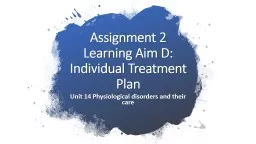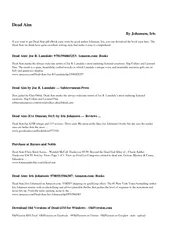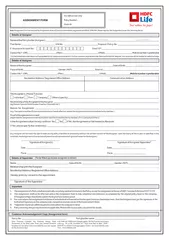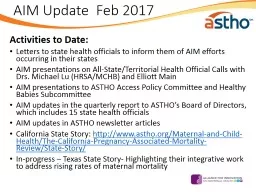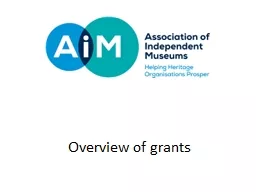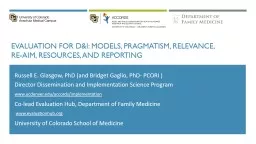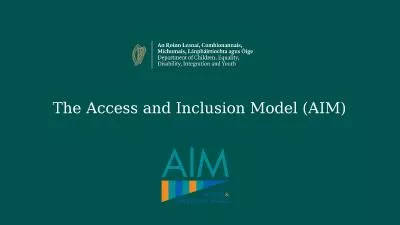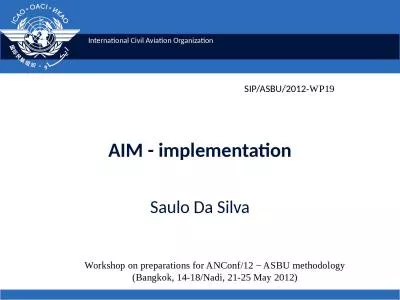PPT-Assignment 2 Learning Aim D:
Author : giovanna-bartolotta | Published Date : 2020-04-03
Individual Treatment Plan Unit 14 Physiological disorders and their care Assignment 2 criteria P5 Assess care needs of a selected service user with a physiological
Presentation Embed Code
Download Presentation
Download Presentation The PPT/PDF document " Assignment 2 Learning Aim D:" is the property of its rightful owner. Permission is granted to download and print the materials on this website for personal, non-commercial use only, and to display it on your personal computer provided you do not modify the materials and that you retain all copyright notices contained in the materials. By downloading content from our website, you accept the terms of this agreement.
Assignment 2 Learning Aim D:: Transcript
Download Rules Of Document
" Assignment 2 Learning Aim D:"The content belongs to its owner. You may download and print it for personal use, without modification, and keep all copyright notices. By downloading, you agree to these terms.
Related Documents

